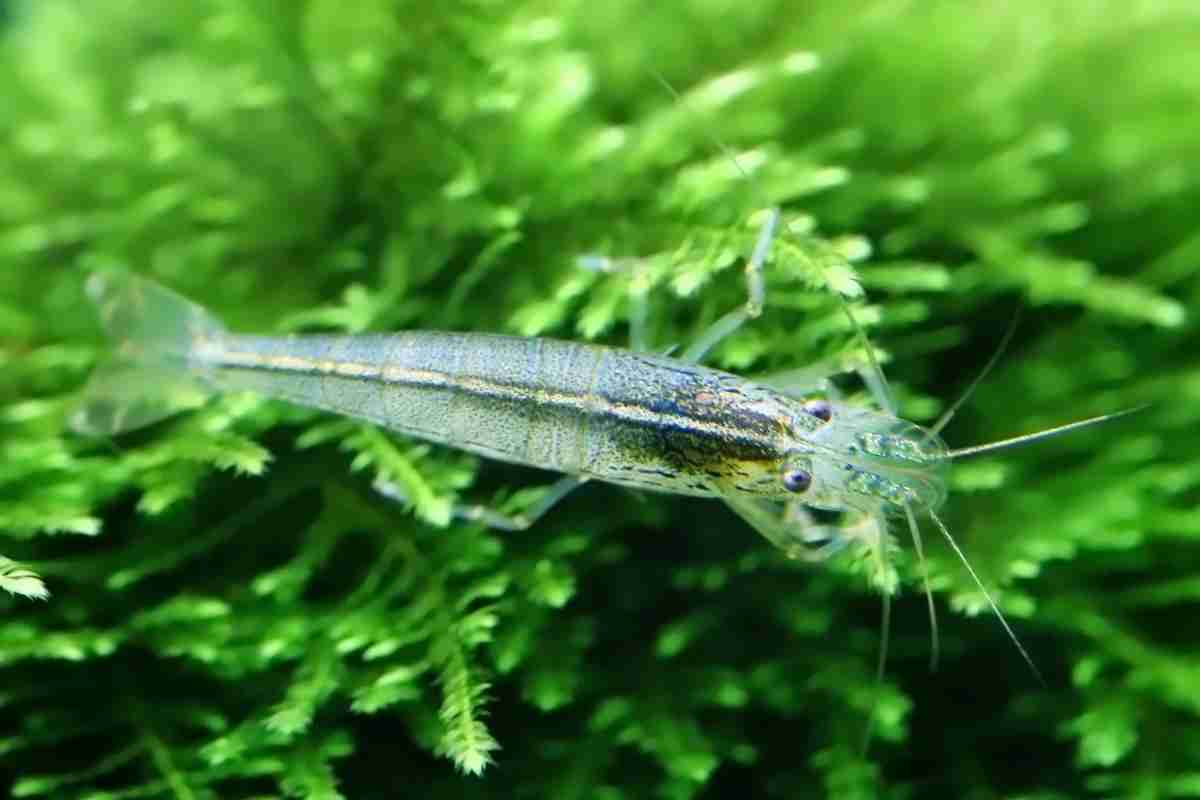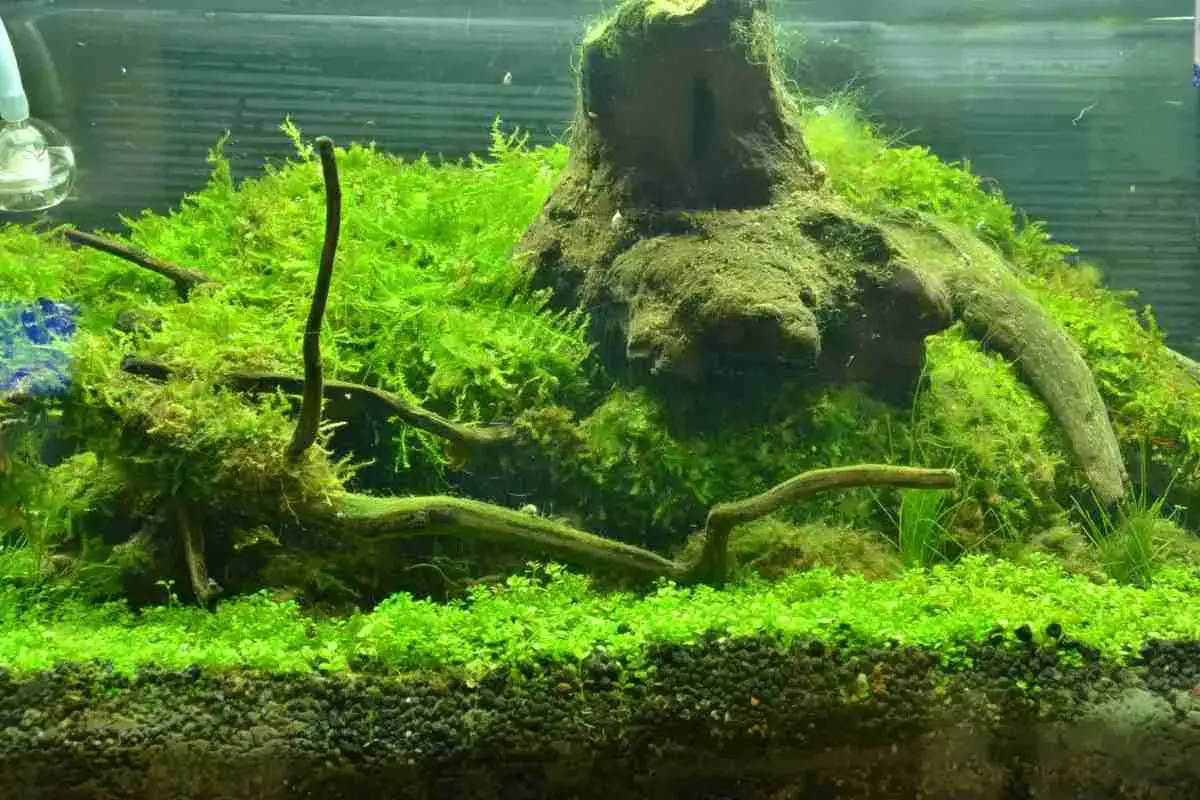
6 Simple Methods To Grow Java Moss Fast
Read more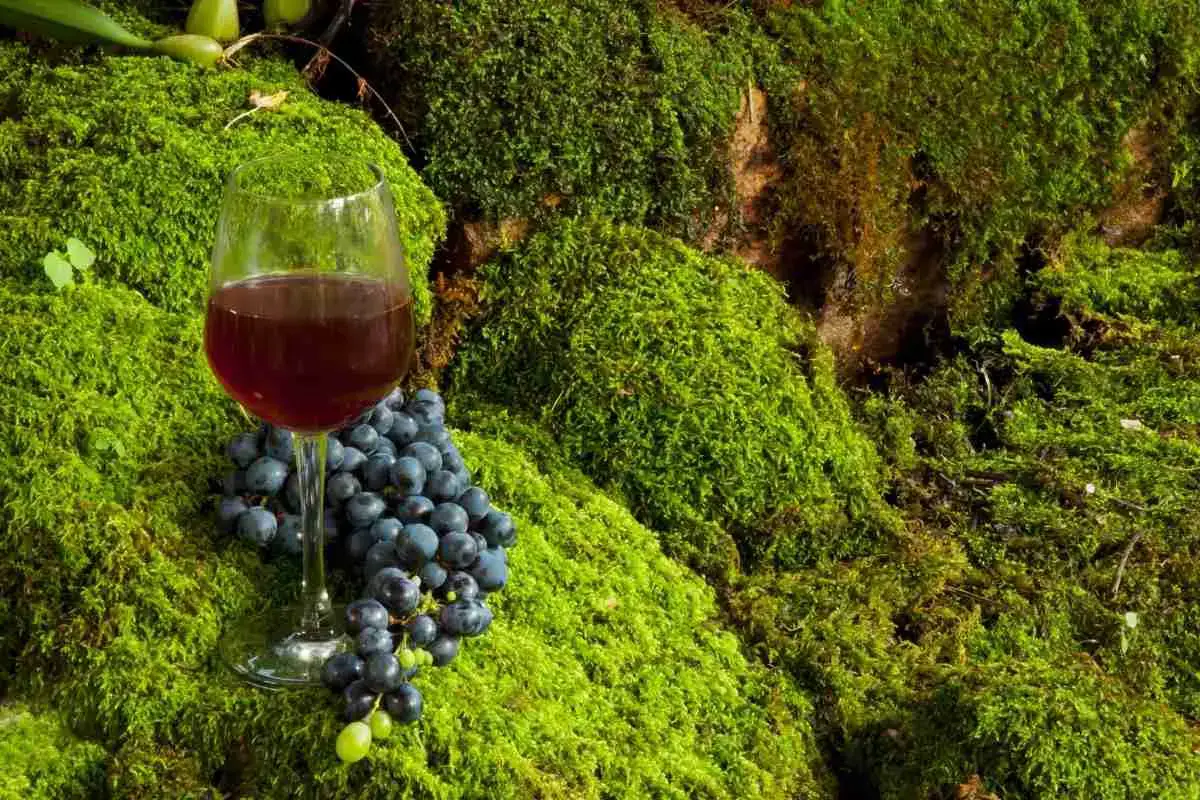
How To Grow Moss On Stone? The Ultimate Guide!
Read more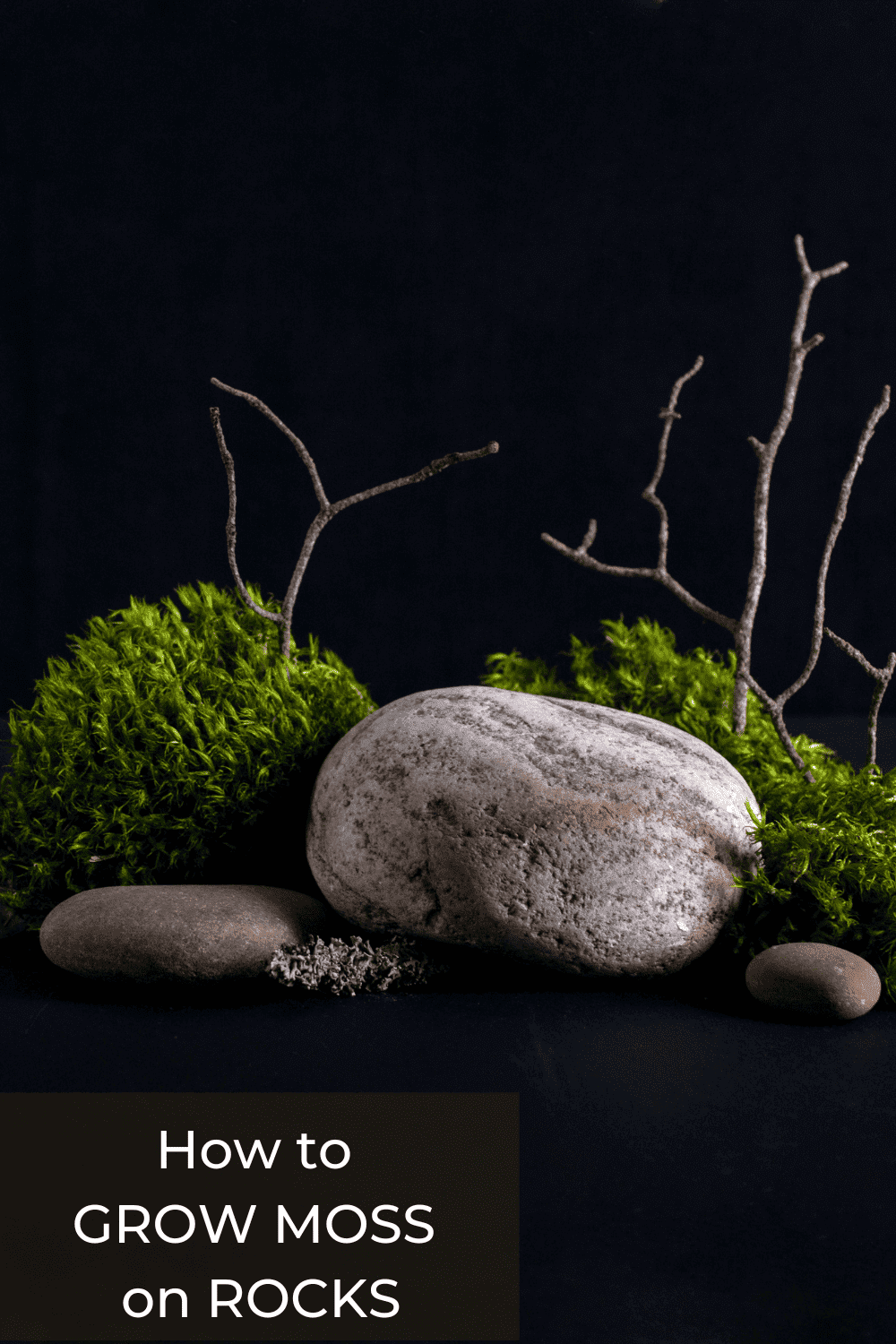
How to Grow Moss on Rocks and Impress Your Friends (or Enemies)
Read more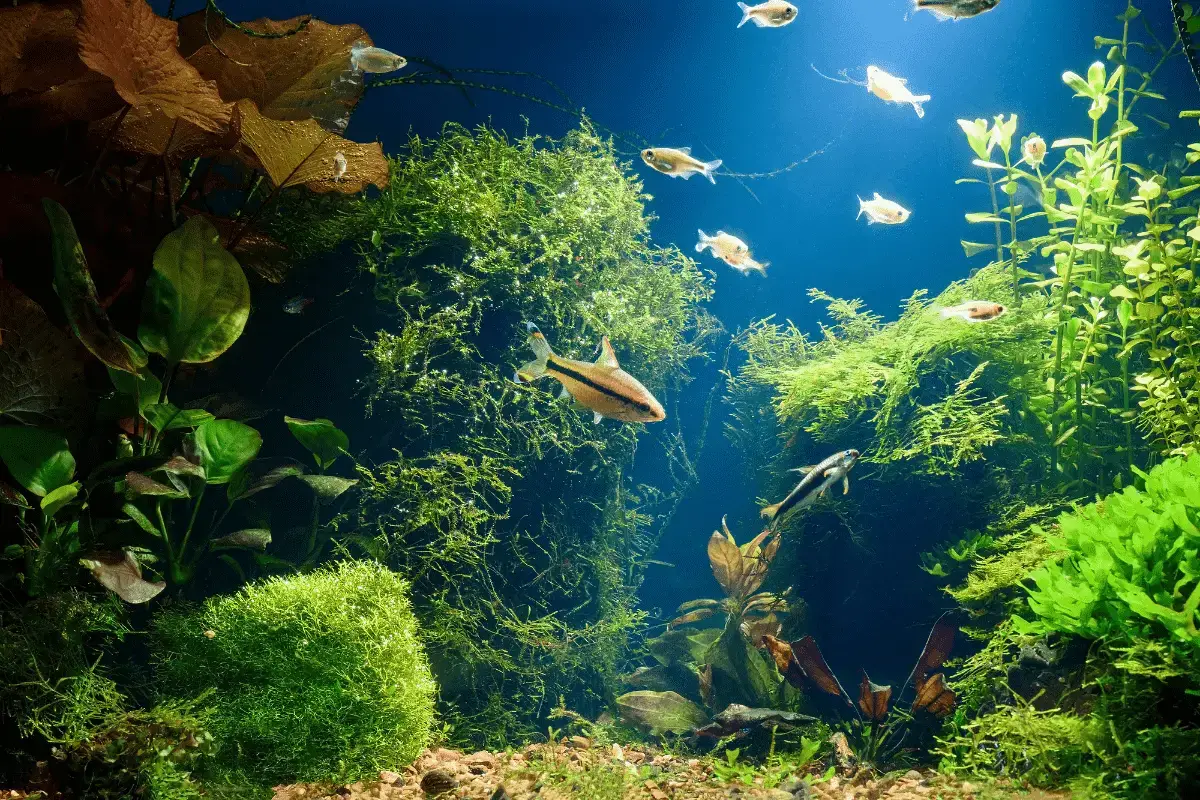
Do Moss Balls Grow? If So, How Fast?
Read more
What Is A Moss Pole? And Why Are They Used?
Read more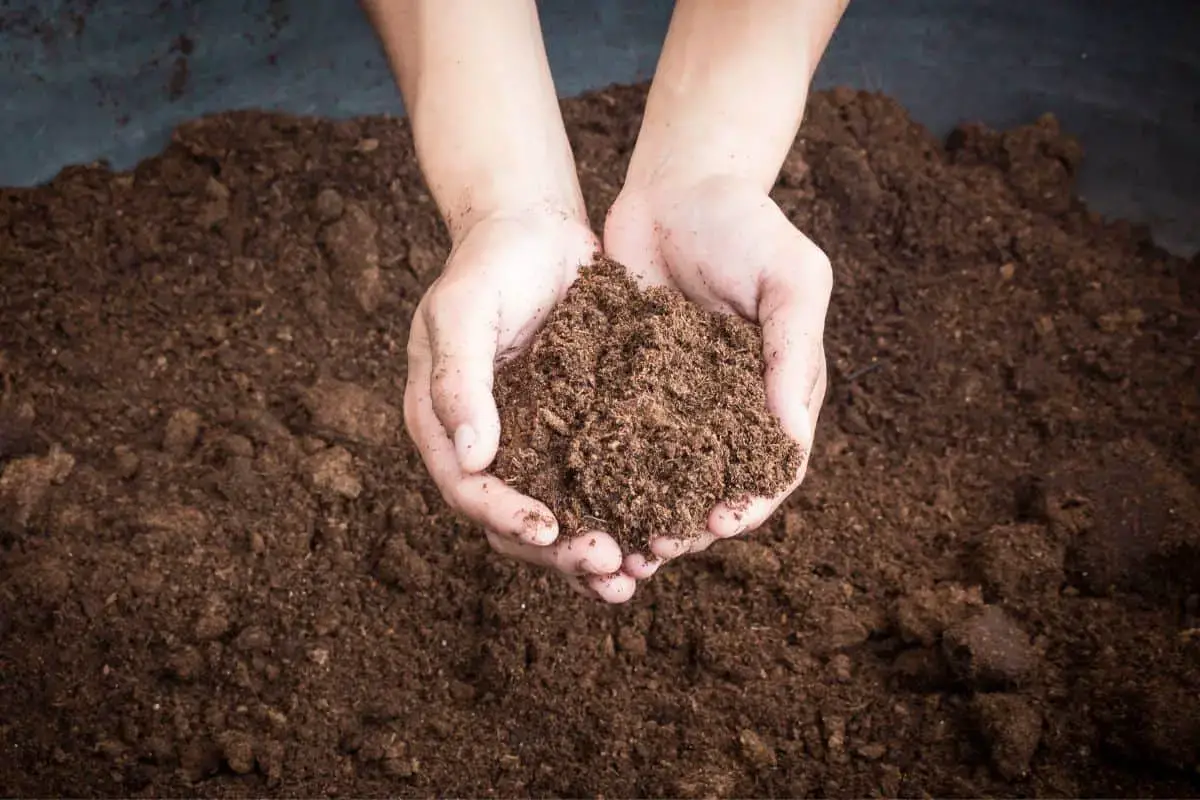
DIY Peat Moss: 5 Simple Steps to Success – Start Today!
Read more
7 Tools Perfect For Removing Moss Between Pavers!
Read more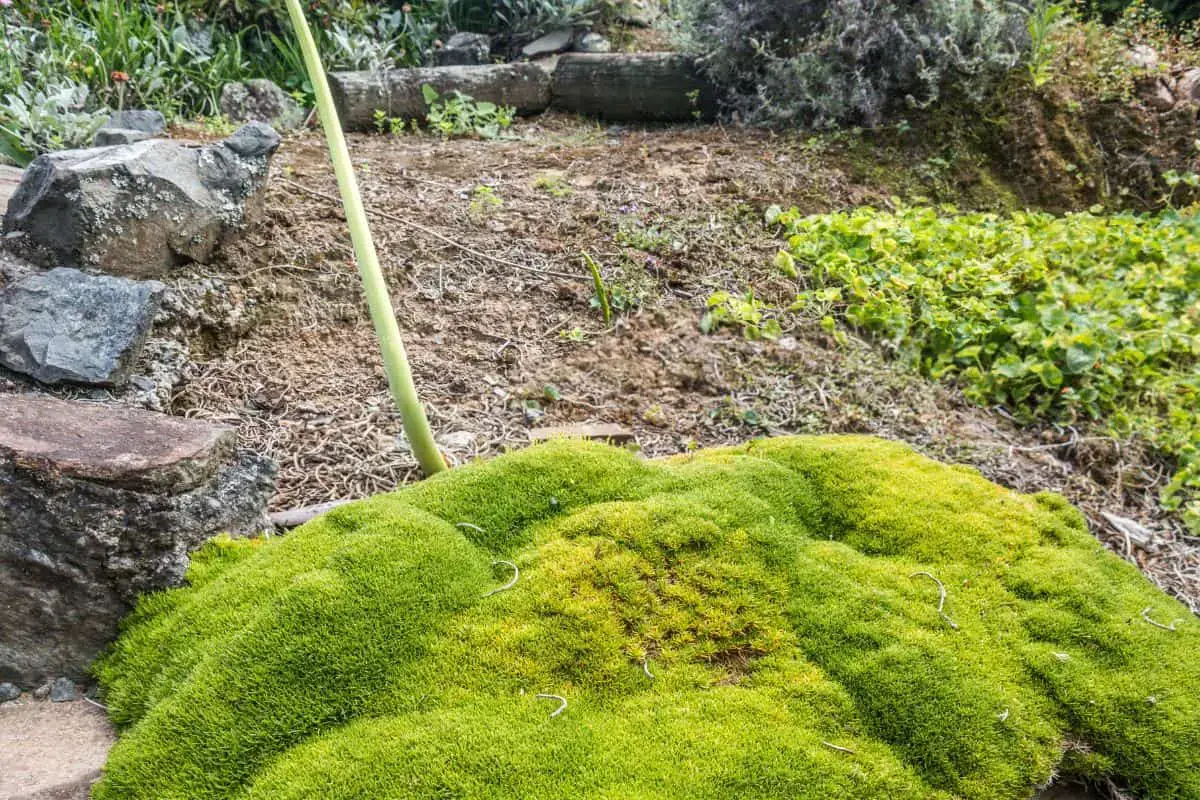
5 Steps To Make A Stunning Irish Moss Lawn
Read more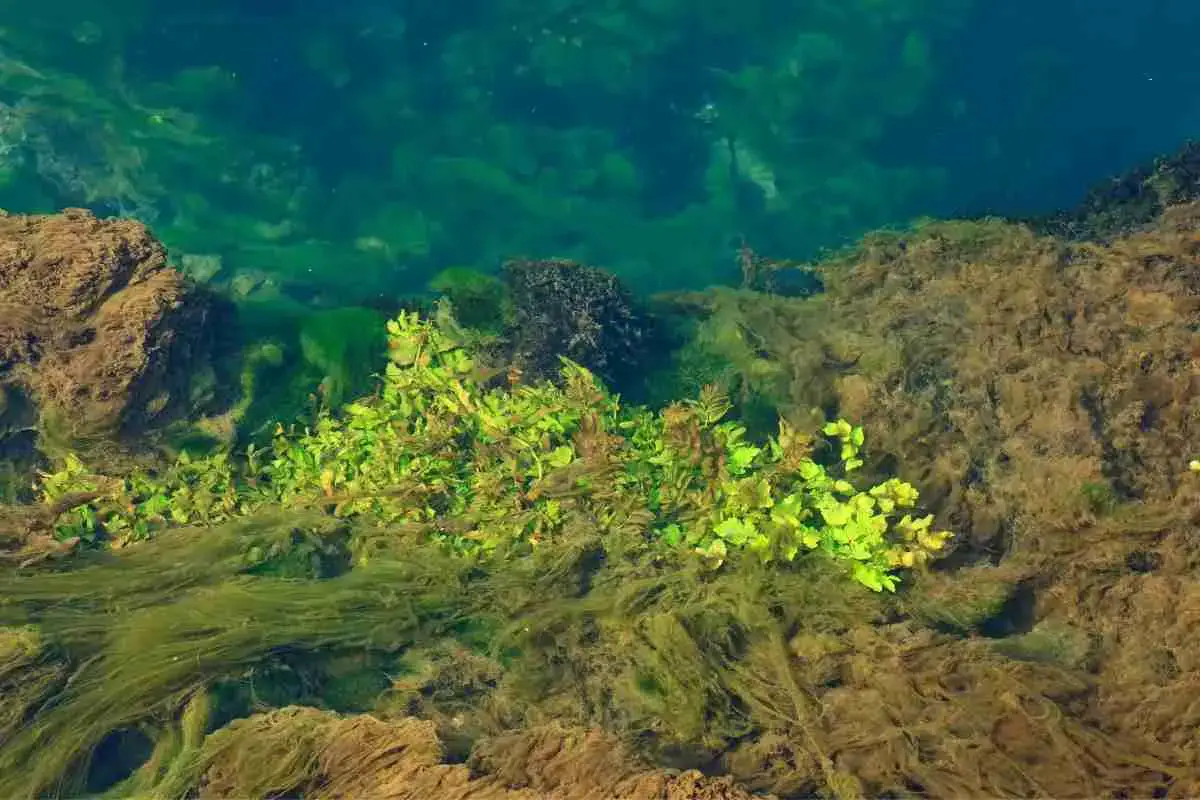
Is Algae A Producer of the Future? Understanding Its Role in Energy and Food Production
Read more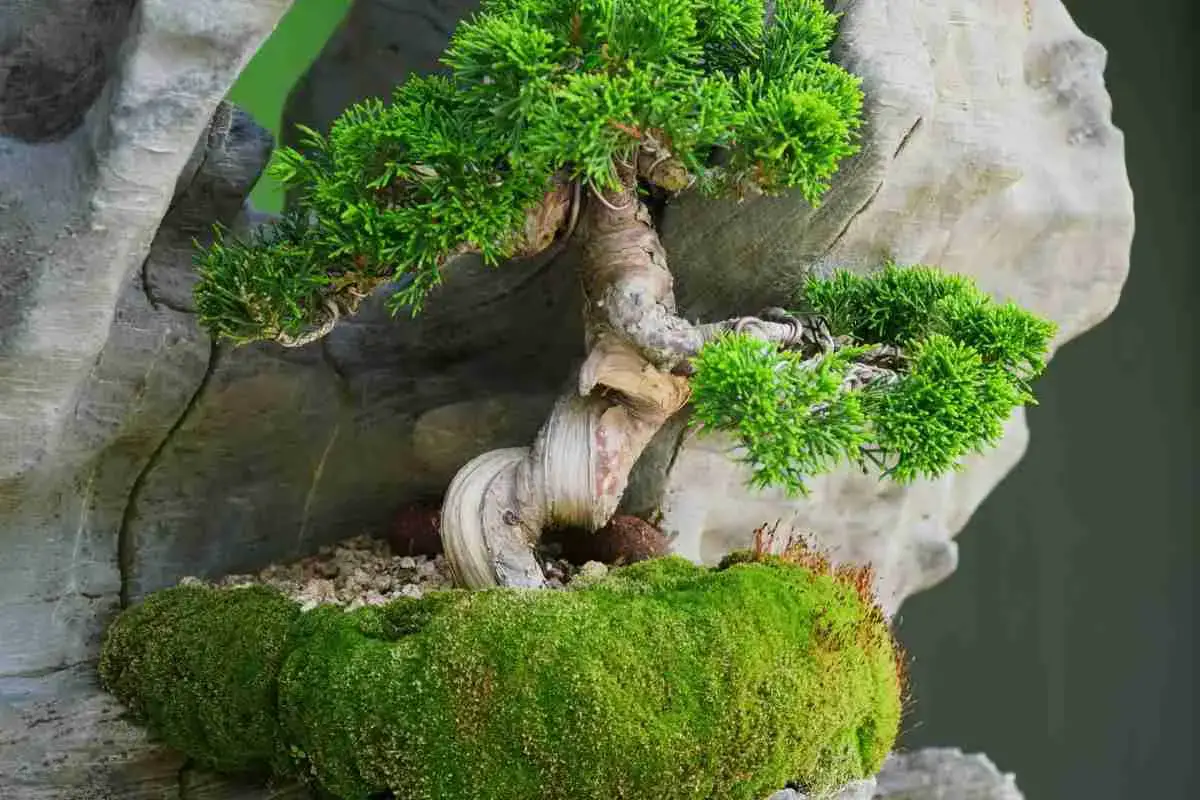
Sphagnum Moss For Bonsai: Is It Safe?
Read more
How To Remove Moss From A Roof With Vinegar?
Read more